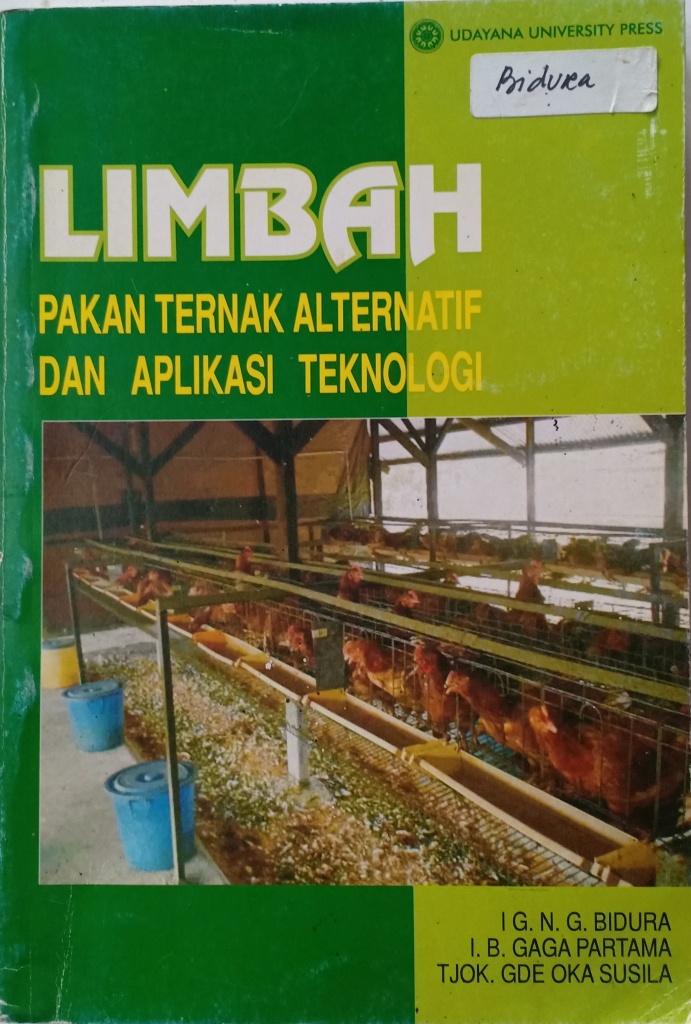
WASTE. ALTERNATIVE ANIMAL FEED AND TECHNOLOGY APPLICATIONS IN WASTE FEED
IGNG. BIDURA, I.B.G. PARTAMA, T.G.O. SUSILA
ISBN : 978-979-8286-51-3 Published : 2008
Abstrak
The
prolonged economic crisis in Indonesia has made us realize that so far we have
too much oriented abroad, and have a considerable dependence on imported feed
ingredients. At that time, many farmers went bankrupt because they could not
afford to buy rations. To the extent that there is a saying that livestock
consume "cars" to defend their lives. This is related to the high
cost of rations so that farmers sell capital goods, such as cars to maintain
their livestock business. This valuable lesson makes us have to look for
alternative food ingredients that are unconventional that do not compete with
human needs, are cheap, are local, but have adequate nutrition for livestock.
Some feed
ingredients, such as waste feed and feed which are unconventional in nature,
have the potential to be developed in terms of their availability, although
sometimes limiting factors are found in their use. For example, the content of
crude fiber and carbohydrates instead of starch ("Non Starch
Polysacharides" = NSP) in feed will negatively affect the digestibility of
rations in monogastric animals. Likewise, protein content and amino acid
balance, as well as digestibility are the limiting factors for their use in
rations. Therefore, the application of appropriate technology is needed to
increase the use value of the waste feed.
In this book, the classification of waste feed, agricultural
industrial waste, estate crop waste, fishery waste and livestock waste, straw,
alternative animal feed, and research results on the effect of waste-based
ration on the quantity and quality of livestock production, as well as the
application of technology to increase the use value of the waste feed, such as
physical and chemical technology, fermentation technology, silage, and
probiotics. Thus, this textbook will be very useful and very helpful in
understanding the quantity and quality of waste feed ingredients and
inconvenient feed. Utilization of technology and the appropriate level of waste
feeding to livestock will be able to provide optimal results.
